Mayong village of Assam is synonymous with black magic. Every kid of Assam has heard the stories of black magic in Mayong from various sources. It is part of the common folklore of Assam. Along with black magic, the commonly heard myth is the alleged Human Sacrifice in Mayong. The legend surrounding Human Sacrifice in Mayong stems from assertions by numerous black magic practitioners who allege such occurrences in recent history. This blog aims to unveil this lesser-known aspect of Mayong village and its culture of black magic.
My Field Trip To Mayong Village
As a child I also read many stories of Mayong village, but I dismissed all of it as mere myth and superstition. Who cares about all this stuff in the 21st century? Then, I happen to visit Mayong village in 2021 for a solar power project in the village. The field visit opened my mind. I was there in the village for almost 15 days. I interacted with locals, village elders, visited Mayong museum and all the archaeological inscriptions and ancient temples of the region. What I realised that there must be some kind of rationale behind this widespread belief in black magic and Human sacrifice in Mayong.
The Story of Human Sacrifice in Mayong
Despite the influence of Hinduism, particularly the Shakti cult and Eastern Shaivism, on the religious sites of Mayong, there are abundant evidences, including folklore, archaeological remnants, and inscriptions, indicating the existence of a religion or cult predating the arrival of Hinduism and Buddhism in this region.
In Mayong, local people believe in the worship of Pancha Devata (five deities). These five deities are Burhi Ai, Kesaikhati, Har-parbati, Bhagabati, and Ganesh. Of all these deities, Kesaikhati is considered the most powerful and revered by many.
Within Mayong village stands a temple known as Kesaikhati Deosal or Kesaikhati Than, revered as a sanctuary of ancient faith. It represents the primordial religion of the Karbi people, a subset of the Kachari community. This deity is depicted in a female form, worshipped by the Karbis as Kesaikhati or Kesaikhaiti. The term “Kesa” carries the meaning of “raw” in Assamese and certain tribal languages of Assam. “Kesaikhaiti” thus denotes “the woman who consumes raw.”
According to Karbi belief, there once existed a goddess who consumed humans in their raw state. The Karbis seek her protection, offering annual obeisance through human and animal sacrifices to Kesaikhati Goddess.
The Reason Behind Human Sacrifice
The Karbi tribe believes that they are under the protection of Kesaikhati goddess. The tribe need to pay obeisance to Kesaikhati Goddess by annual human and animal sacrifice. This ensures that the goddess protect the tribe from any evil.This ritual is believed to safeguard the tribe from malevolent forces.
Many believe that this sacrifice is not for the protection but for the saving the community at the expense of one single individual. If the community doesnot sarifice one then the evit goddess eats them all alive. Whatever may be the cause, the legend of Kesaikhati is still in the heads of the people.
What are the Evidences of Human Sacrifice in Mayong

I conversed with one of the elders from Mayong village, who informed me in deatil about the aforesaid Kesaikhati Deosal. Interestingly, this shrine doesn’t house any idols but instead preserves the swords of their ancestors. Seven swords are ritually arranged upright on a wooden post resembling a sacrificial structure.
It’s firmly believed that only the Karbis have the right to worship at this village shrine. The practitioners of magic in the village perform rituals here to enhance the efficacy of their mantras.
Continuing my exploration, I ventured into a neighborhood called Garmari, where I discovered a shrine dedicated to Kalika. The locals of this area venerate the deity Kalika through an annual animal sacrifice, usually a white goat. It’s recounted that in ancient times, human sacrifices occurred at this shrine. However, legend has it that the sacrificial sword was concealed beneath the rocks, putting an end to the tradition of human sacrifice.

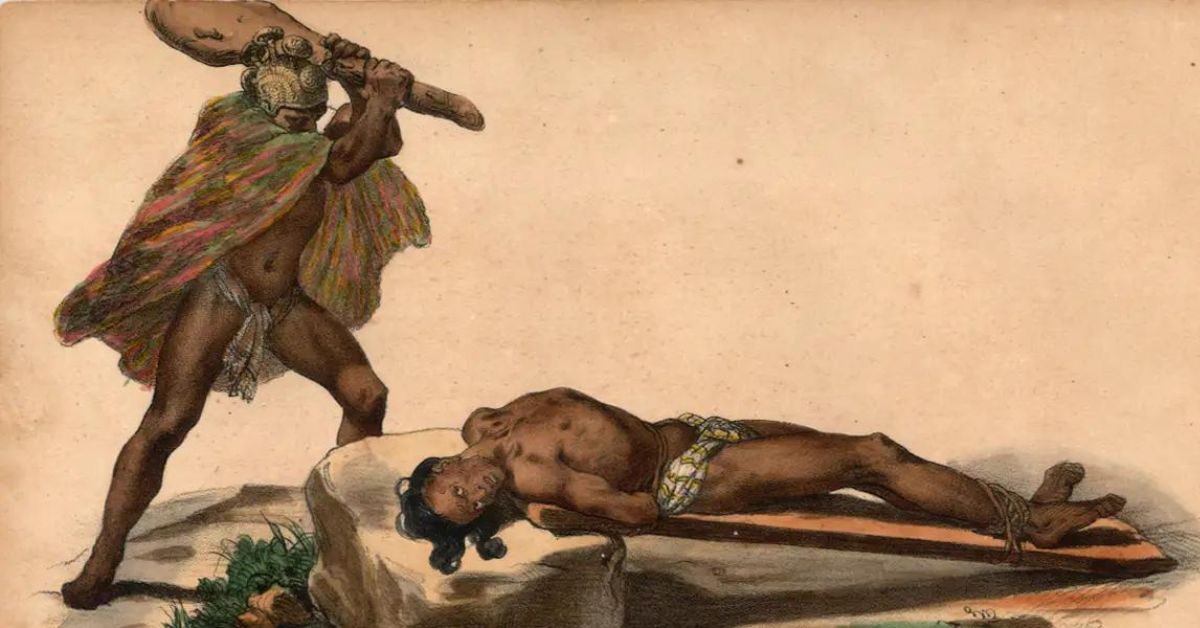
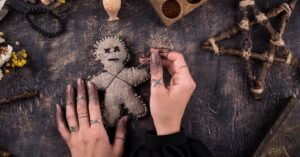

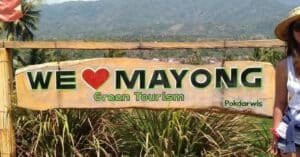
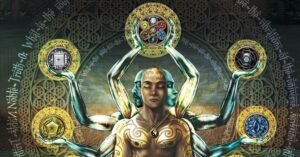
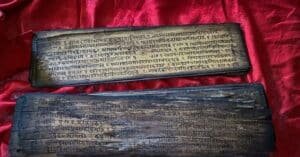
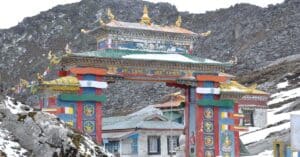
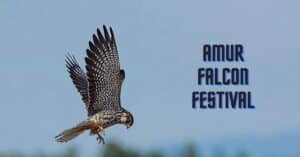


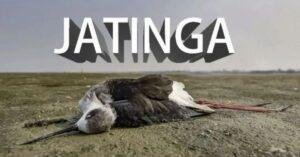
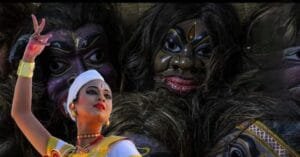

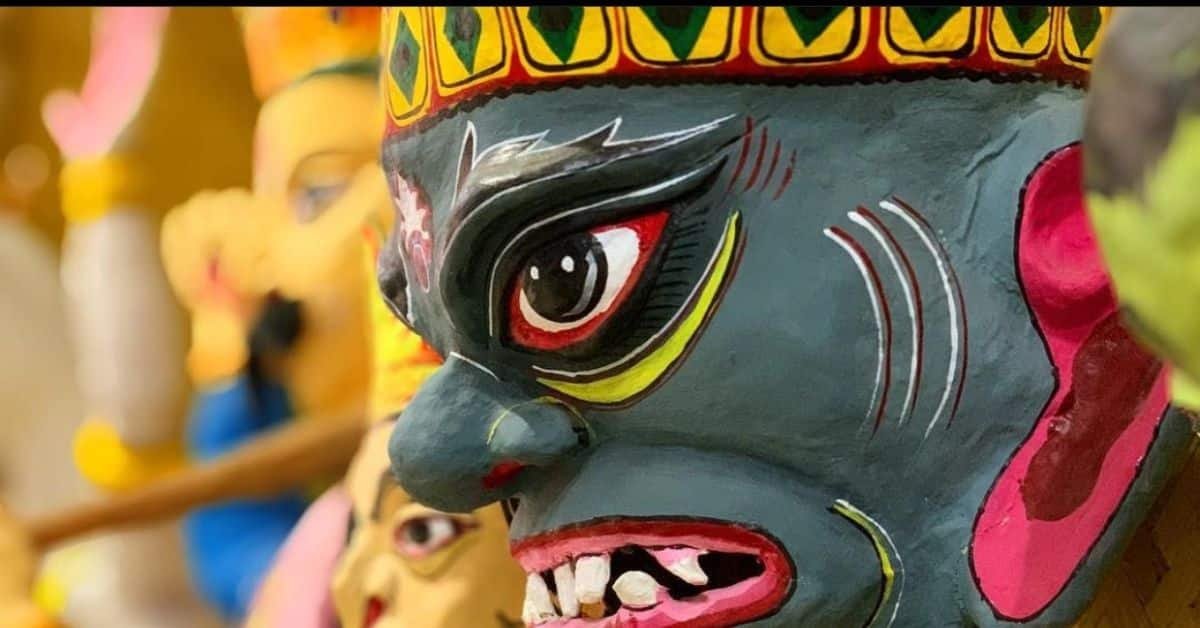
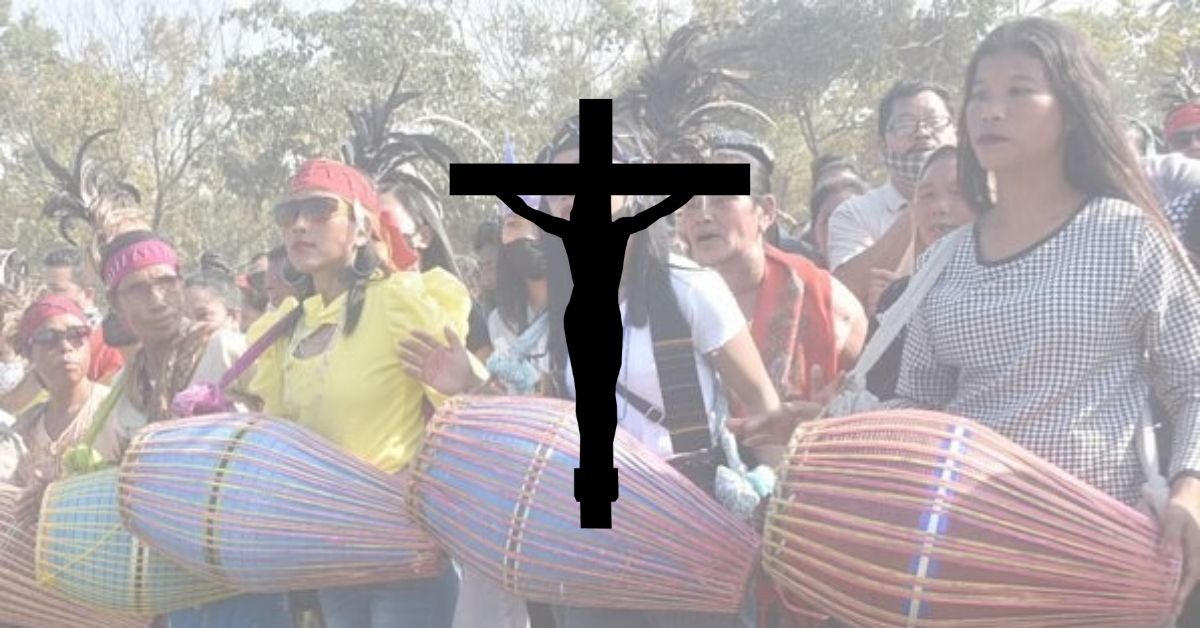
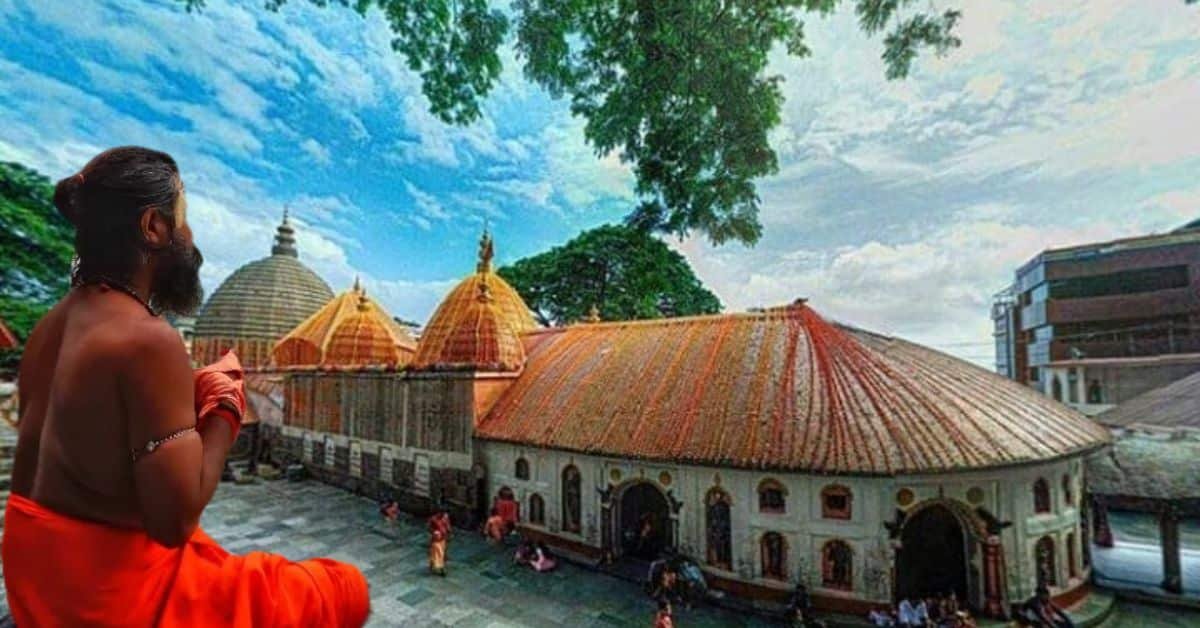
One Response
Good morning, I would like to visit Mayong for a youtube content. can you arrange people to interview and places to visit to understand the past and the present of Mayong. I would also like to interview a Pastor in the village. can you assist with this program? I look forward to your response.
Pastor Brown
South Africa